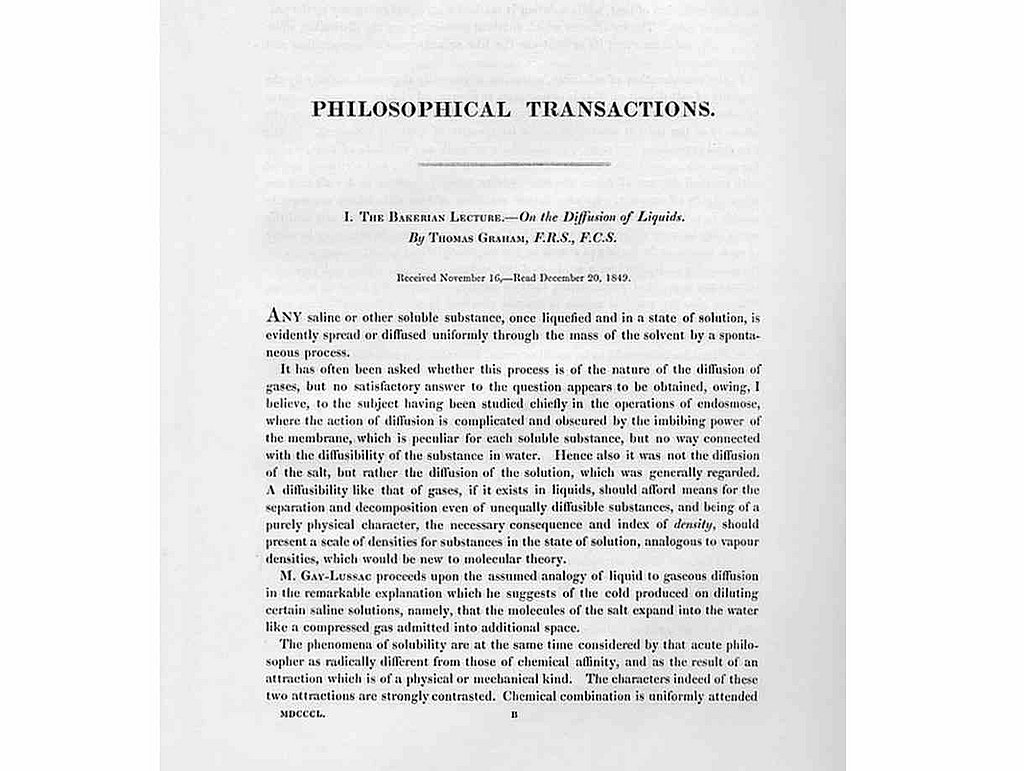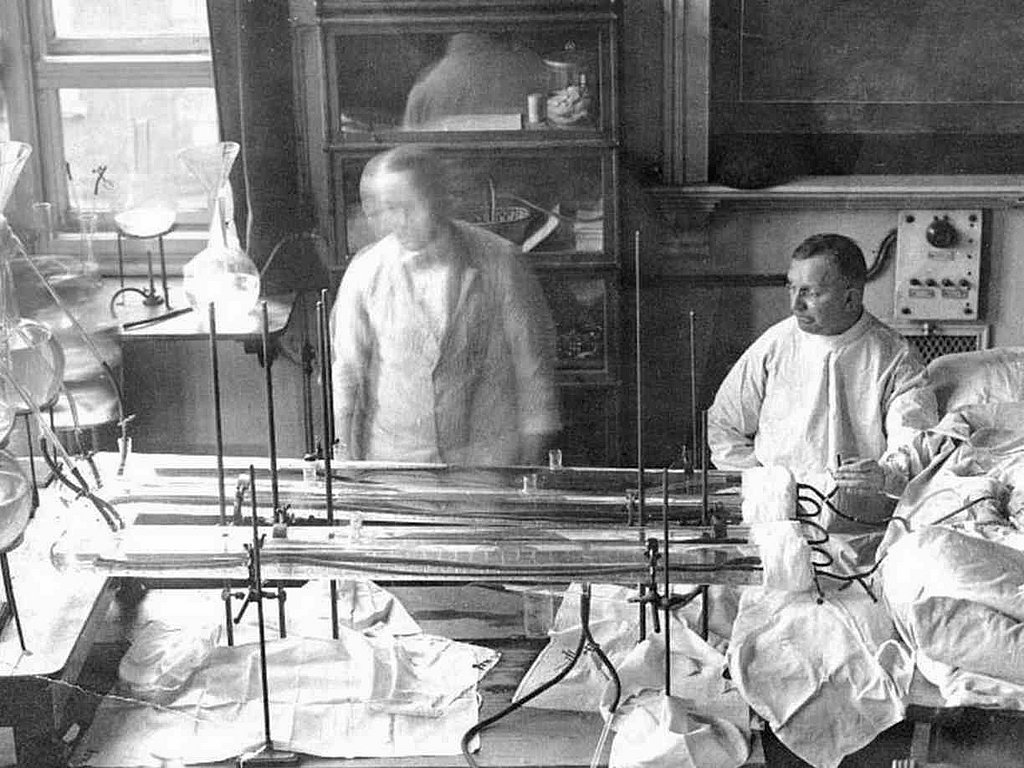Our patient stories and company features.
The history of dialysis
Haas, like Abel, also used hirudin as the anticoagulant in his first dialysis treatments. However, this substance often led to massive complications arising from allergic reactions because it was not adequately purified and originated from a species very distant from humans. In the end, Haas used heparin in his seventh and final experiment. Heparin is the universal anticoagulant in mammals. This substance caused substantially fewer complications than hirudin – even when it was insufficiently purified – and could be produced in much larger amounts. Following the development of better purification methods in 1937, heparin was adopted as the necessary anticoagulant, and continues to be used today.
Vascular Access and Chronic Dialysis
Belding Scribner made a breakthrough in this field in 1960 in the United States with the development of what would later become known as the “Scribner shunt.” This new method provided a relatively simple means of accessing a patient’s circulatory system that could be used over a period of several months, meaning patients with chronic kidney disease could, for the first time, be treated with dialysis. The shunt was on a small plate that would be attached to the patient’s body, for example on the arm. One Teflon cannula was surgically implanted in a vein and another in an artery. Outside the body, the cannulae were joined in a circulatory short circuit – hence the name “shunt.” During dialysis, the shunt would be opened and attached to the dialyzer.
Further development brought the introduction in 1962 of improved shunts made entirely from flexible materials. Still, the most decisive breakthrough in the field of vascular access came in 1966 from Michael Brescia and James Cimino. Their work remains fundamentally important to dialysis today. During a surgical procedure, they connected an artery in the arm with a vein. The vein was not normally exposed to high arterial blood pressure and swelled considerably. Needles could then be more easily placed in this vein, which lay beneath the skin, to allow repeated access.
This technique lowered the risk of infection and permitted dialysis treatment over a period of years. The arteriovenous (AV) fistula remains the access of choice for dialysis patients, and some AV fistula implanted more than 30 years ago are still in use today.
As the clinical use of hemodialysis became increasingly widespread, scientists were better able to investigate the unique attributes of patients with chronic kidney disease. In contrast to the early years of dialysis presented here, the lack of adequate treatment methods or technologies is no longer a challenge in the treatment of kidney patients. The present challenges stem rather from the large number of patients requiring dialysis treatment, the complications resulting from years of dialysis treatment, and a population of patients that presents demographic as well as medical challenges; a population whose treatment would be unimaginable, were it not for the pioneering work presented here.









